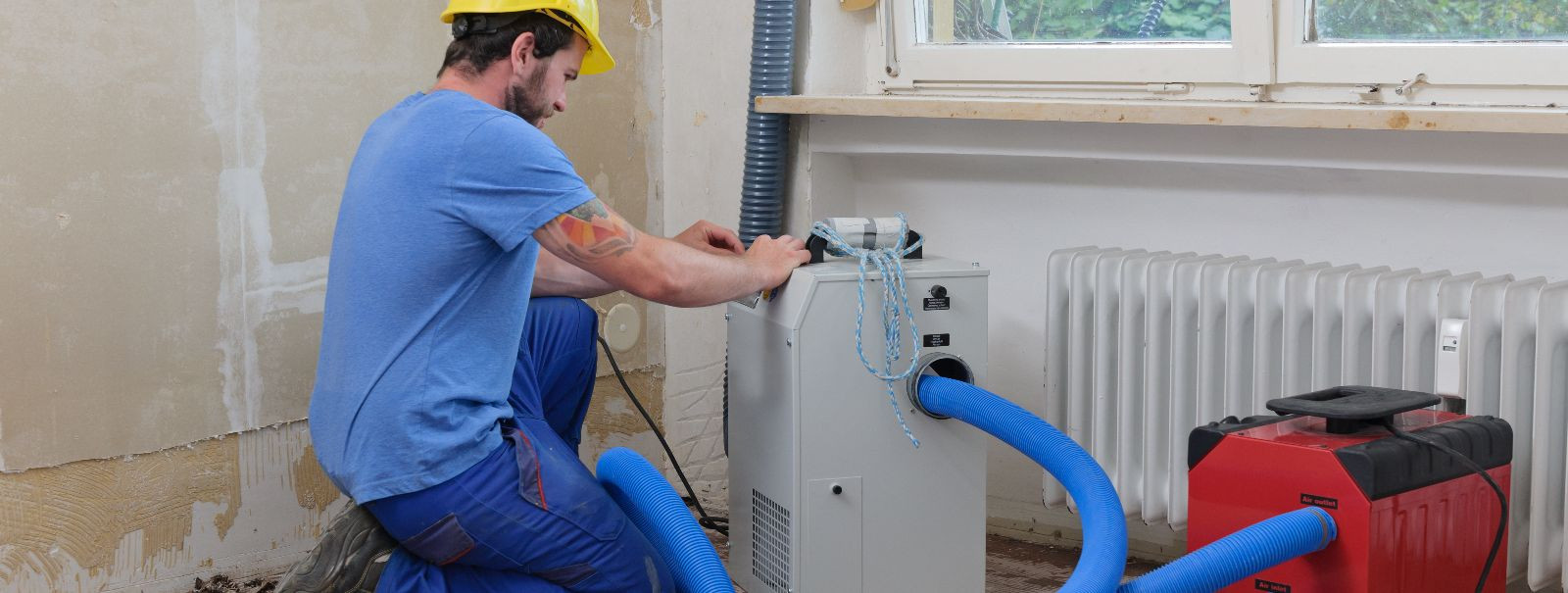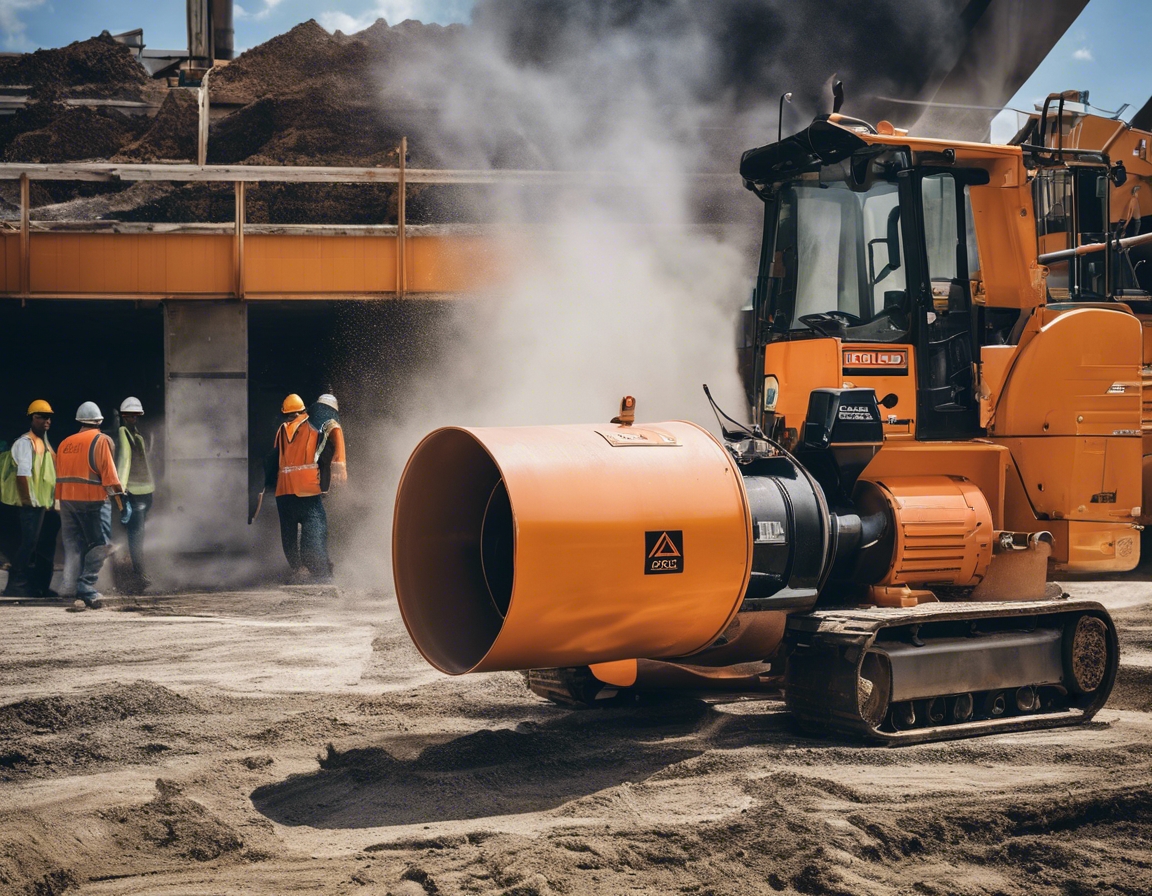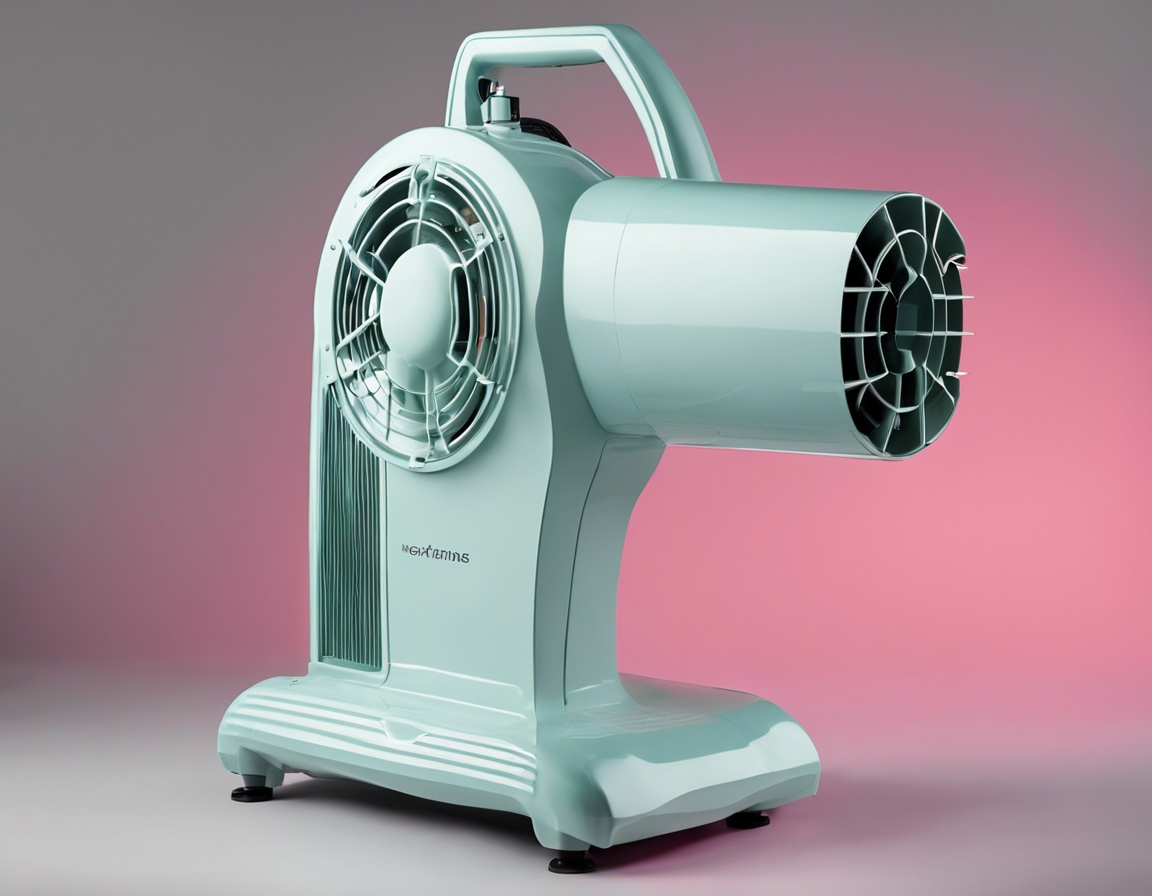5 ways humidifiers can improve your construction site
Humidity control is a critical aspect of managing a construction site effectively. Not only does it impact the materials and processes involved in construction, but it also affects the health and safety of the workforce. In this post, we'll explore five ways in which humidifiers can significantly improve the conditions on your construction site, contributing to a more efficient, safe, and comfortable work environment.
1. Protecting Construction Materials
Proper humidity levels are essential for preserving the integrity of construction materials. Materials like wood, drywall, and plaster can suffer from extreme dryness, leading to cracking and weakening of the structural components. A humidifier can help maintain the optimal moisture level, ensuring materials remain strong and durable.
Wooden materials are particularly susceptible to changes in moisture levels. By using a humidifier to stabilize the humidity on-site, you can prevent the warping and swelling that often compromise the fit and finish of construction projects.
2. Enhancing Worker Health and Safety
Dust is a common issue on construction sites, which can be exacerbated by low humidity levels. Humidifiers help to weigh down dust particles, making them less likely to become airborne and inhaled by workers, thus reducing the risk of respiratory problems.
Consistent humidity levels are beneficial for workers' respiratory systems. Dry air can lead to irritation of the airways, while a well-humidified environment helps to keep mucous membranes moist, protecting against infections and illnesses.
3. Accelerating Construction Processes
Concrete curing is a time-sensitive process that requires specific conditions to ensure optimal strength and durability. Humidifiers can be used to maintain the necessary moisture levels, preventing premature drying that can lead to cracks and structural weaknesses.
Fluctuating humidity levels can slow down construction processes by affecting the drying times of paints, adhesives, and other finishes. A controlled humid environment ensures these materials set properly, facilitating a smoother workflow and timely project completion.
4. Preserving Electronic Equipment
In dry conditions, static electricity can build up, posing a risk to sensitive electronic equipment used on construction sites. Humidifiers help to minimize this risk by maintaining a balanced humidity level, protecting both the equipment and the data they contain.
Electronic components are also vulnerable to corrosion and oxidation when exposed to varying humidity levels. By using humidifiers to create a stable environment, the lifespan of these devices can be extended, ensuring reliability and reducing replacement costs.
5. Creating a More Comfortable Work Environment
Humidifiers can play a role in temperature regulation, making a construction site more bearable during cold months. Moist air feels warmer than dry air, which can help to reduce heating costs and improve worker comfort.
Beyond temperature control, a well-humidified environment can reduce skin irritation and discomfort from dry air. This contributes to a more pleasant work atmosphere, which can boost morale and productivity on the construction site.






Comments (0)